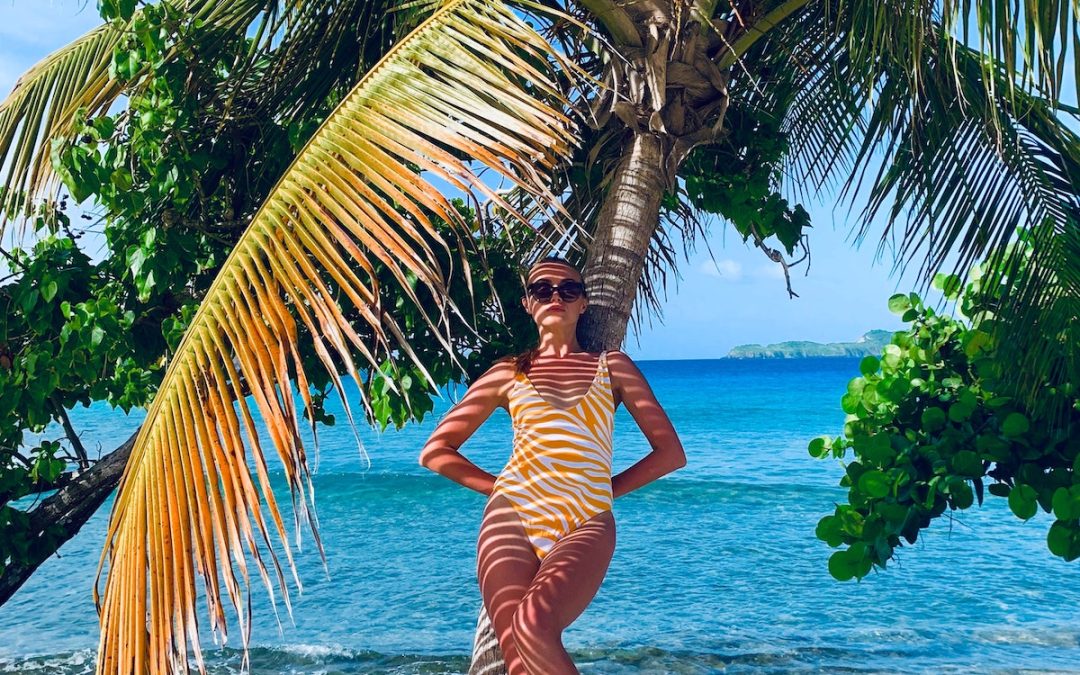It has been a real delight for me to feel this warm, dank breeze on my face and body. To calmly walk along white-sanded beaches. Be so close to pelicans and Canary Island date palms.
Biggest islands are: Saint Croix – 214.7 square kilometers, Saint Thomas – 80.9 square kilometers and Saint John – 50.8 square kilometers. The total land area of the territory is 346.4 square kilometers and it is inhabited by 108,612 people.
The main branch of the Virgin Islands’ economy is tourism, being visited every year by as much as over two million people. Industry consists also of oil refineries, as well as of textile, electronic equipment and pharmaceutical production and a watch manufacture. Saint Croix is home to one of the world’s largest oil refineries.
The capital city is Charlotte Amalie – named after the wife of King Christian V of Denmark when the Islands were Denmark’s overseas possessions.
In 1917 the USA decided to purchase the Danish West Indies, that after slavery abolition in 1848 experienced brutal recession.
You will find here the only Butterfly Farm in the world, where on the area of a few thousand square meters live and fly over 30 tropical butterfly species.
Since 1950s Laurence Rockefeller would spend his holidays on St John. He enjoyed it so much, that he had purchased half of the Island from the US government and built a summer residence there. He donated the remaining 2,000 hectares to the country in 1956, with the intention of establishing a national park which to this day occupies two thirds of the St John’s territory. In this clever way, the practical billionaire secured the surroundings of his residence from a hotel invasion.
Local law does not respect private beaches – those are available to everyone with no fees, and brochures promote St John as “the Island of the world’s ten most wonderful beaches”. There is no exaggeration in saying so! The coastline consists of dozens of peninsulas, capes and gulfs, and nearly all of them contain remarkable places to swim and sunbathe.

